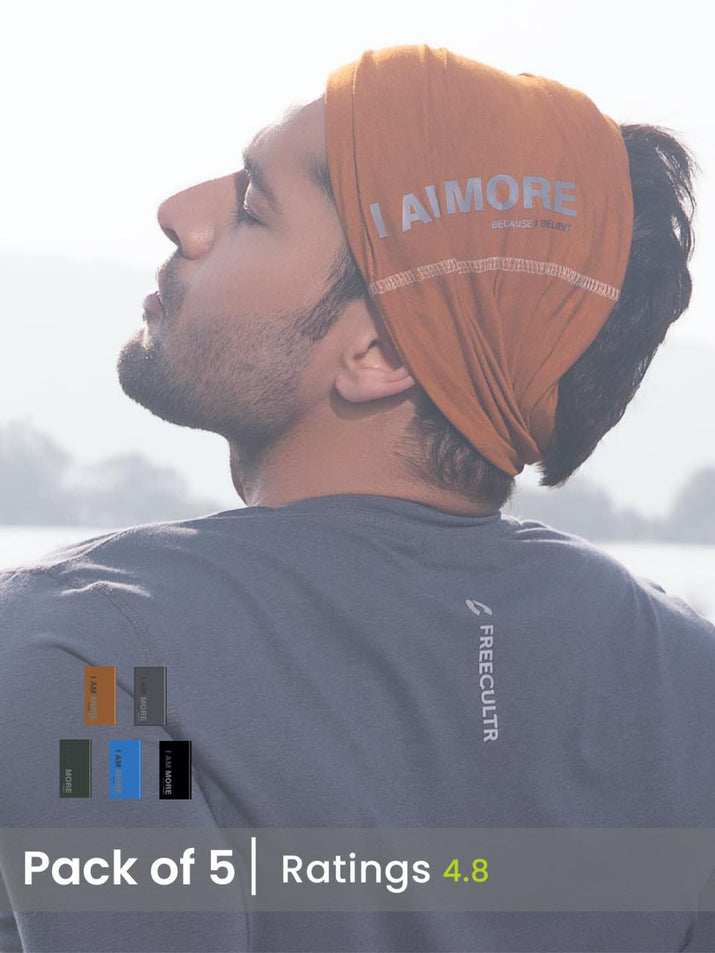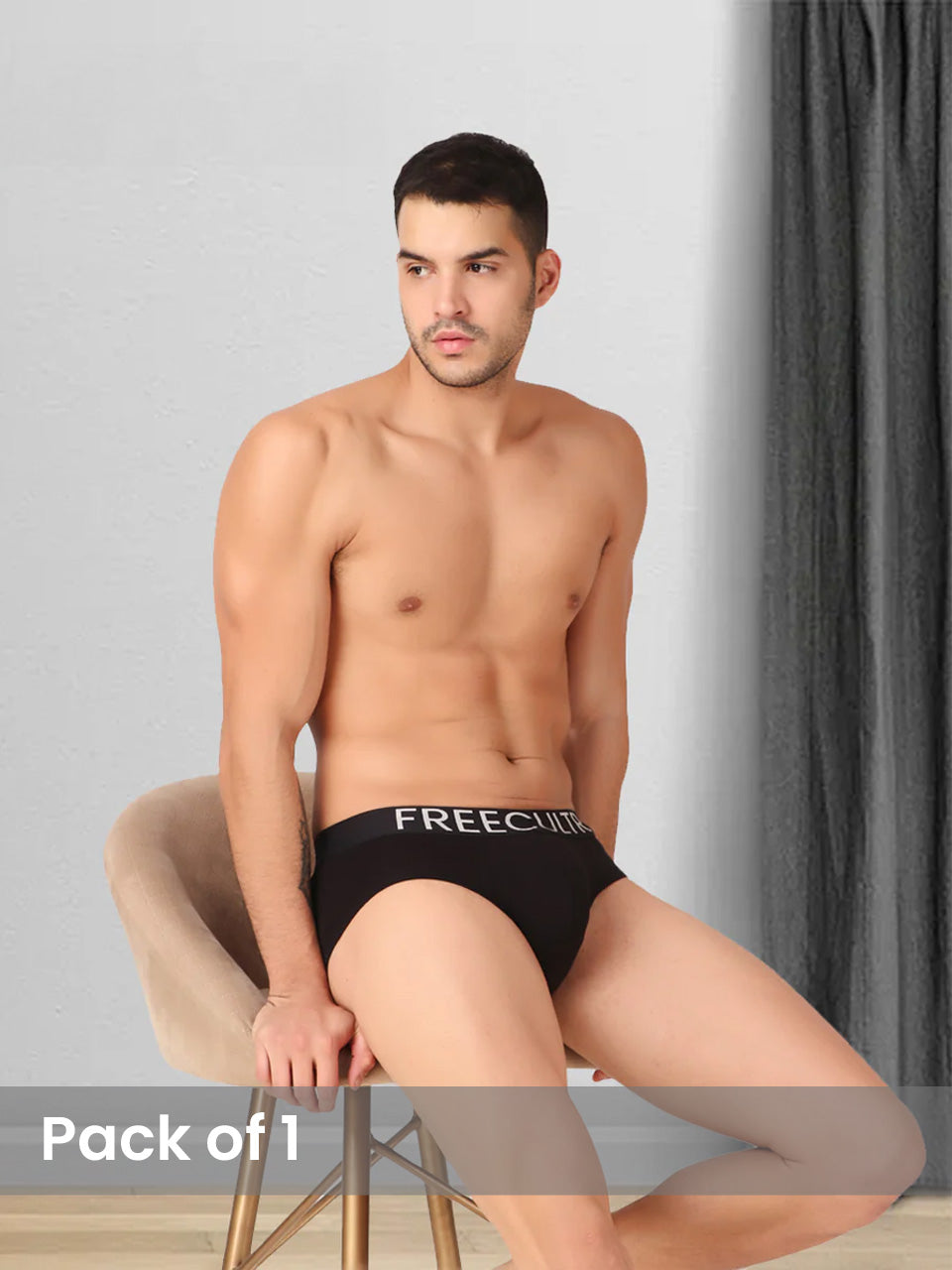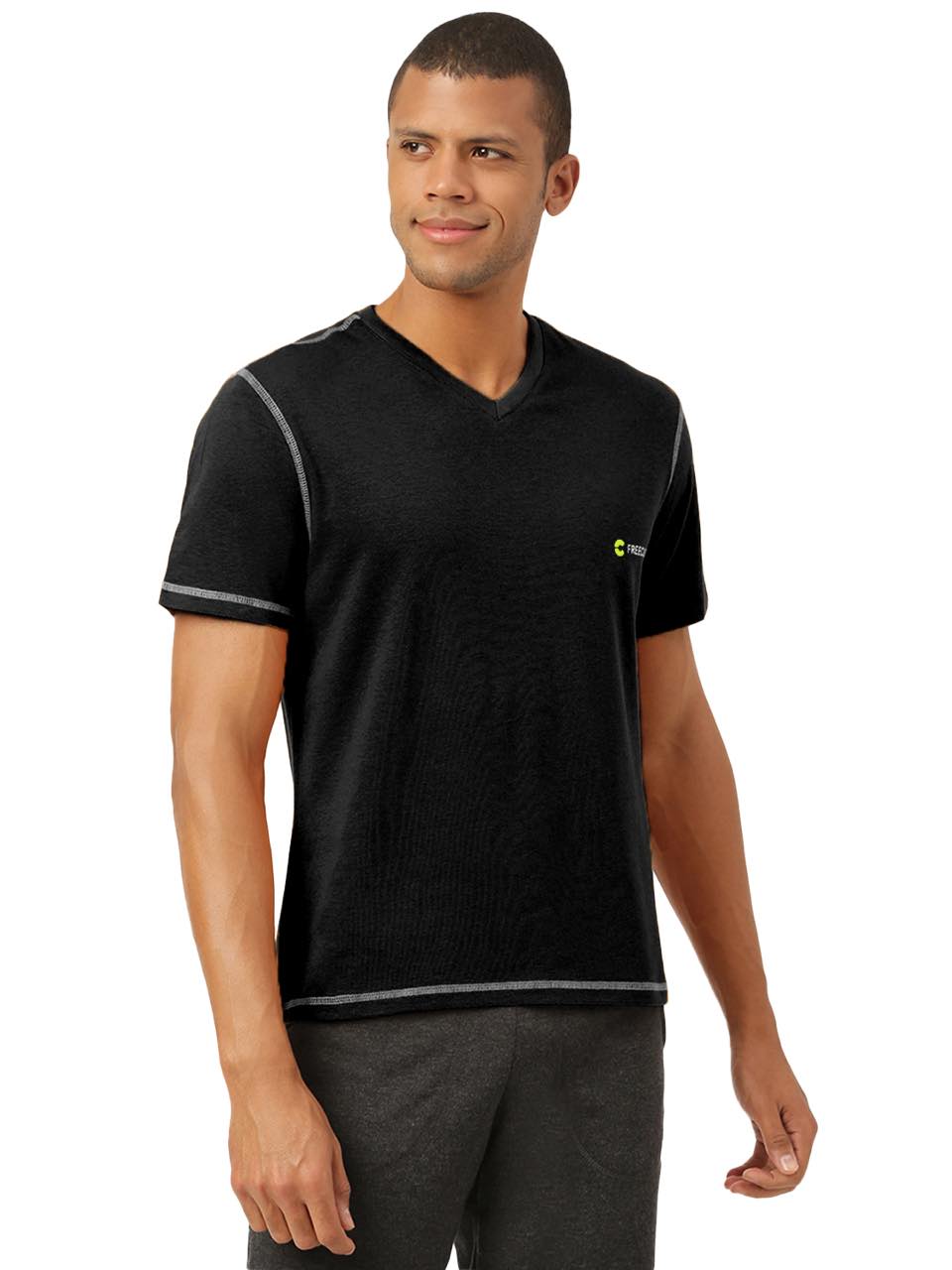Beyond a simple square of fabric, the bandana has transcended its practical origins to become a dynamic emblem of self-expression and utility. From its initial purpose shielding cowboys from dust on the open range, the bandana now graces runways, with designers like Marine Serre incorporating upcycled bandanas into high-fashion garments. But its story doesn't end with style; innovative materials are transforming the bandana's protective capabilities. Imagine bandanas woven with UV-resistant fibers offering enhanced sun protection, or those infused with antimicrobial agents for use in healthcare settings. Exploring the bandana reveals a fascinating intersection of heritage and innovation, constantly adapting to meet contemporary needs while retaining its iconic appeal.

The Enduring Appeal of the Bandana
The bandana, a simple square of fabric, has a surprisingly rich history and continues to be a relevant accessory in the 21st century. Originally a utilitarian item, it has evolved into a symbol of rebellion, a fashion statement. A practical tool for head protection and more. Its journey through different cultures and subcultures speaks to its adaptability and enduring appeal.
A Brief History
The word "bandana" itself comes from the Sanskrit word "badhnati," meaning "to bind or tie." The earliest bandanas were likely produced in India, using silk and cotton fabrics. They were brought to Europe and the Americas through trade, where they quickly gained popularity.
- Early Uses: Originally, bandanas were used for practical purposes such as wiping sweat, protecting the face from dust. As a general-purpose cloth.
- American West: Cowboys adopted the bandana as a crucial piece of gear, using it to protect their faces from dust storms while driving cattle.
- Industrial Era: During the Industrial Revolution, bandanas were sometimes used as handkerchiefs or to protect workers' faces from factory dust.
- Political Symbolism: Bandanas have also been used as symbols of political affiliation, most notably the red bandanas worn by coal miners during labor disputes.
- Fashion Statement: In recent decades, bandanas have crossed over into mainstream fashion, becoming a versatile accessory for both men and women.
Bandanas as Head Protection
Beyond its aesthetic appeal, the bandana offers significant head protection in various scenarios. The level of protection it provides varies depending on the material and how it is worn. It remains a valuable tool.
- Sun Protection: A bandana worn on the head can shield the scalp and forehead from harmful UV rays, reducing the risk of sunburn and long-term skin damage. This is particularly essential for individuals who spend extended periods outdoors.
- Dust and Debris: In dusty or windy conditions, a bandana can protect the hair and scalp from becoming coated in dirt and debris. This is especially useful for activities like hiking, biking, or working in construction.
- Sweat Absorption: During physical activity, a bandana can absorb sweat, preventing it from running into the eyes and causing discomfort. This is a common practice among athletes and outdoor enthusiasts.
- Hair Management: A bandana can be used to keep hair out of the face during work or exercise, improving visibility and preventing distractions.
- Warmth: While not as effective as a beanie or hat, a bandana can provide a minimal layer of insulation in cool weather, helping to retain some body heat.
Bandana Materials: Fashion & Comfort Considerations
The material of a bandana significantly impacts its functionality and comfort. Common materials include cotton, silk, polyester. Blends. Each material offers distinct advantages and disadvantages.
- Cotton: Cotton is a popular choice due to its affordability, breathability. Absorbency. But, cotton bandanas can wrinkle easily and may not dry as quickly as other materials.
- Silk: Silk bandanas are known for their luxurious feel and elegant appearance. They are lightweight and comfortable to wear. They are also more delicate and require special care.
- Polyester: Polyester bandanas are durable, wrinkle-resistant. Quick-drying. They are a good option for outdoor activities. They may not be as breathable as cotton.
- Blends: Blended fabrics, such as cotton-polyester blends, offer a balance of comfort, durability. Affordability.
When choosing a bandana, consider the intended use and the desired level of comfort and performance. For example, a cotton bandana may be ideal for everyday wear, while a polyester bandana may be better suited for outdoor adventures.
Different Ways to Wear a Bandana
The versatility of the bandana extends to the myriad ways it can be worn. Here are a few popular styles:
- Headband: Fold the bandana into a long strip and tie it around the forehead. This is a classic look that keeps hair out of the face and absorbs sweat.
- Head Wrap: Spread the bandana flat and place it on the head, tying the corners at the nape of the neck. This style provides full head coverage and sun protection.
- Neck Scarf: Fold the bandana into a triangle and tie it around the neck. This can add a touch of style to an outfit or provide warmth in cool weather.
- Wrist Accessory: Tie the bandana around the wrist as a fashionable accessory.
- Pocket Square: Fold the bandana neatly and insert it into a jacket pocket for a pop of color and style.
- Face Covering: In situations where a mask is needed, a bandana can be folded and tied to cover the nose and mouth.
Bandanas in Different Subcultures
The bandana has been adopted and adapted by various subcultures throughout history, each adding its own unique flair and meaning to the accessory.
- Rock and Roll: Rock stars often wore bandanas as headbands or tied to microphone stands, contributing to the rebellious and carefree image of the genre.
- Biker Culture: Bikers frequently use bandanas to protect their faces from wind and debris while riding, often sporting them in bold colors and patterns.
- Hip-Hop: Bandanas have been a staple in hip-hop fashion since the 1980s, often worn as headbands or tied around the neck as a symbol of street style.
- Skateboarding: Skaters often wear bandanas as headbands or tied to their bags, adding a touch of individuality to their look.
Real-World Applications and Use Cases
The bandana's versatility extends beyond fashion and style. It has practical applications in various industries and situations.
- Construction: Construction workers often wear bandanas to protect their faces and necks from dust and debris on job sites.
- Agriculture: Farmers and agricultural workers use bandanas to shield themselves from the sun and dust while working in the fields.
- Outdoor Recreation: Hikers, campers. Other outdoor enthusiasts use bandanas for sun protection, sweat absorption. First aid purposes.
- Emergency Preparedness: A bandana can be a valuable tool in emergency situations, serving as a makeshift bandage, water filter, or signaling device.
- Culinary: Chefs and cooks sometimes wear bandanas to keep their hair out of their face while preparing food.
Bandana Care and Maintenance
To ensure that your bandana remains in good condition and continues to provide effective head protection, proper care and maintenance are essential.
- Washing: Wash bandanas regularly with mild detergent and cold water. Avoid using harsh chemicals or bleach, as these can damage the fabric and fade the colors.
- Drying: Air-dry bandanas whenever possible to prevent shrinking and damage. If using a dryer, use a low heat setting.
- Ironing: Iron cotton bandanas on a low setting to remove wrinkles and maintain a neat appearance. Avoid ironing silk bandanas, as the heat can damage the delicate fabric.
- Storage: Store bandanas in a clean, dry place away from direct sunlight to prevent fading and discoloration.
Bandana Alternatives
While the bandana is a versatile and popular accessory, there are several alternatives that offer similar benefits and features. The choice depends on individual needs and preferences.
| Alternative | Pros | Cons |
|---|---|---|
| Headband | Effective at keeping hair out of the face, absorbs sweat. | Limited coverage, may not provide sun protection. |
| Buff | Versatile, can be worn in multiple ways, provides good sun protection. | May be more expensive than a bandana. |
| Hat | Excellent sun protection, provides warmth in cold weather. | Can be bulky, may not be suitable for all activities. |
| Scarf | Provides warmth, can be a stylish accessory. | May not be as effective at keeping hair out of the face. |
Conclusion
So, are you ready to unleash the bandana's potential? Don't just let it sit in your drawer! Think beyond the basic head wrap. Personally, I love using a silk bandana as a chic neck scarf with a blazer for a touch of effortless sophistication, drawing inspiration from recent street style trends emphasizing elevated basics. Or, for a practical tip, dampen a cotton bandana and wear it around your neck during hot summer hikes for instant cooling. Ultimately, the bandana is more than just a piece of cloth; it's a blank canvas for your personal style and a shield against the elements. Explore different folding techniques, experiment with bold prints. Discover how this simple accessory can revolutionize your look and offer unexpected protection. Embrace its versatility. You'll find yourself reaching for your bandana time and time again. Let your creativity flow and confidently rock that bandana! Bandana Fashion TrendMore Articles
Bandana for Men – Style Statement & Sun ProtectionTees – Soft Cotton & Durable Comfort
Women's Tank Top – Flattering Fit & Versatile Style
Tees – Sustainable Fabrics & Timeless Style
FAQs
So, what's the big deal with bandanas? I see them everywhere!
Right? Bandanas are awesome because they're super versatile. Think of them as a blank canvas for your style. Headwear, neck scarf, wrist accessory, even a makeshift face covering – you name it, a bandana can probably do it!
Are bandanas actually good for protecting my head from the sun? I mean, it's just a piece of fabric...
Yep, they can definitely help! A bandana folded and worn on your head provides some shade, protecting your scalp and hair from direct sunlight. Plus, if it's cotton, it can absorb sweat, keeping you a bit cooler. It's not sunscreen. It's a good start!
What are some cool ways I can tie a bandana?
Oh, the possibilities are endless! Classic headband is always a winner. Pirate style is fun for a more adventurous look. You can also tie it around your ponytail, wear it as a neckerchief, or even weave it into your braid. YouTube is your friend here; search 'bandana tying tutorials' and prepare to be amazed!
What kind of material is best for a bandana?
Cotton is the classic choice – it's breathable, absorbent. Generally affordable. But you can find bandanas in silk or polyester too, which might be better for specific purposes like fashion or keeping your hair smooth. It really depends on what you want to use it for!
How do I keep my bandana from slipping off my head all the time?
Ah, the eternal struggle! Make sure it's tied snugly. Not too tight. For headbands, try folding it into a thinner strip – that can help it grip better. Bobby pins are also your best friend. Strategically placed bobby pins will keep that bandana exactly where you want it!
Can I use a bandana as a face mask?
While a bandana can offer some basic protection as a face covering, especially in dusty environments, it's not a replacement for a proper N95 mask or surgical mask. It's better than nothing in a pinch. Don't rely on it for serious protection against viruses or pollutants.
Okay, so how do I wash my bandana without ruining it?
Generally, a gentle cycle in cold water is your safest bet. Avoid harsh detergents or bleach, especially if it's a brightly colored bandana. You can tumble dry on low or, even better, hang it up to air dry. That'll help it last longer!






